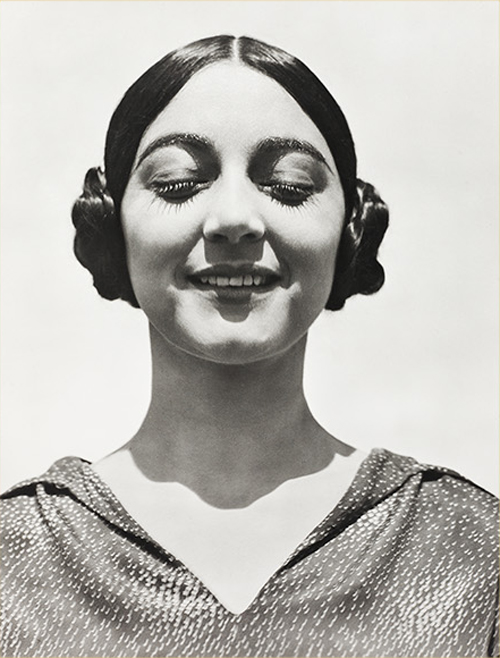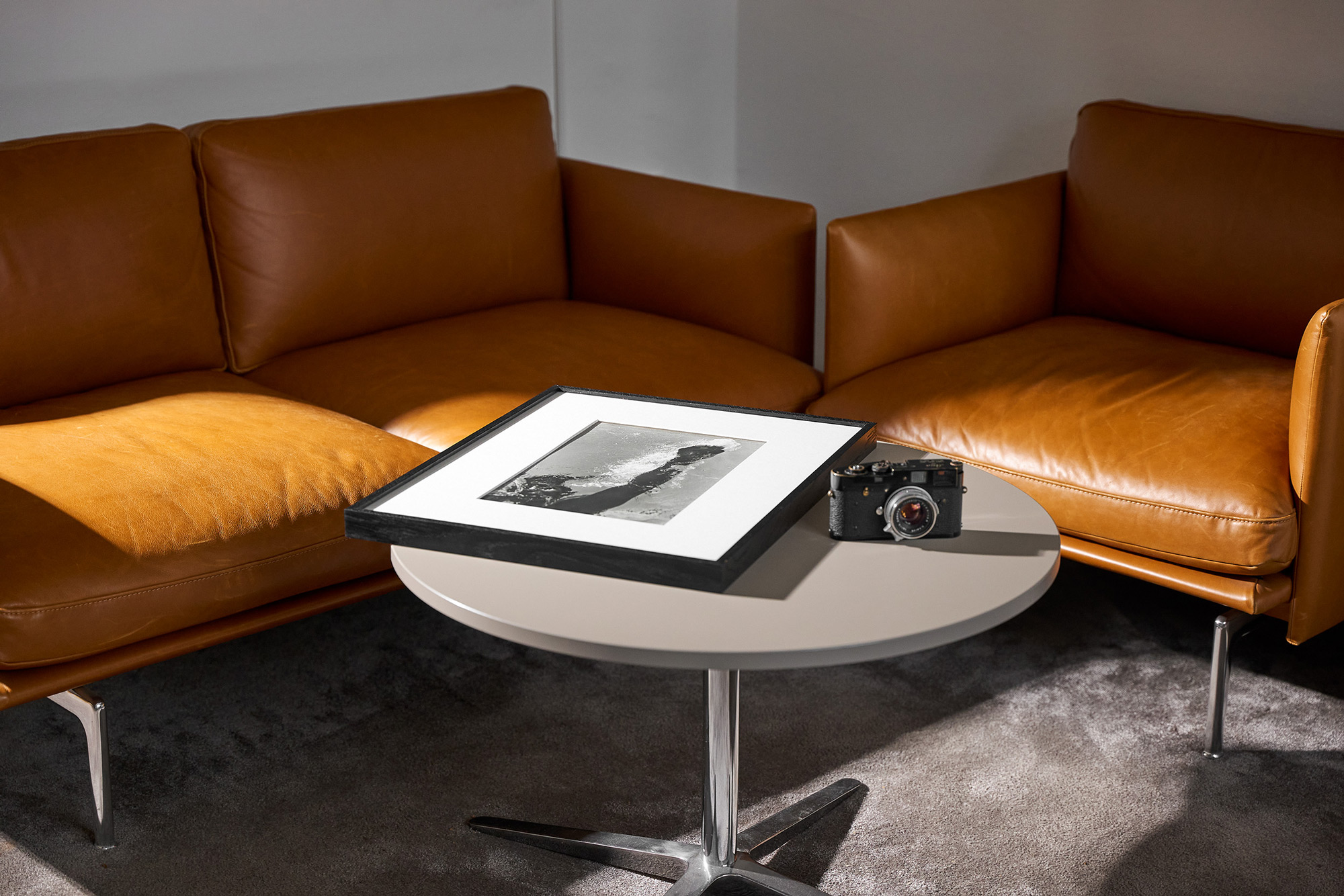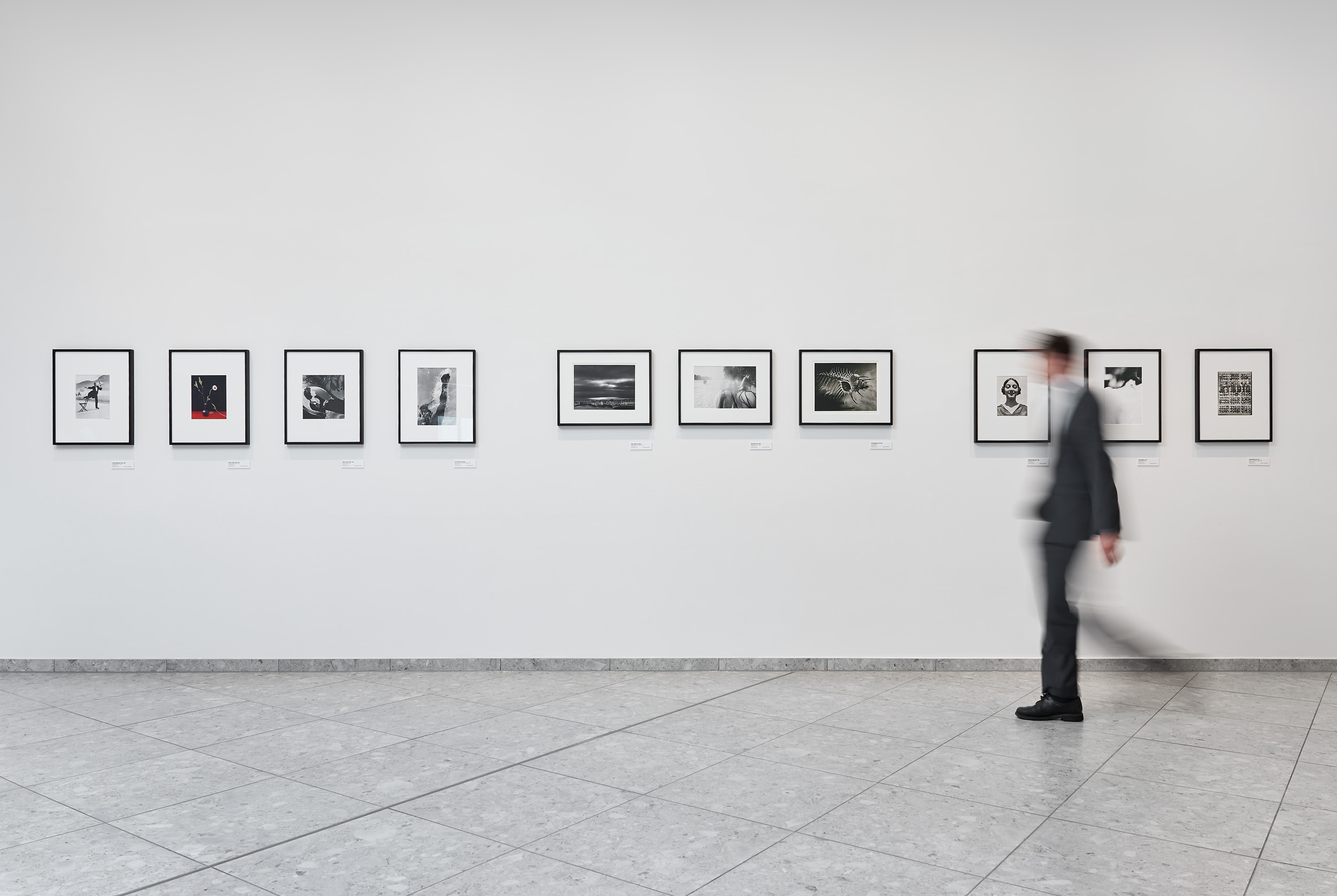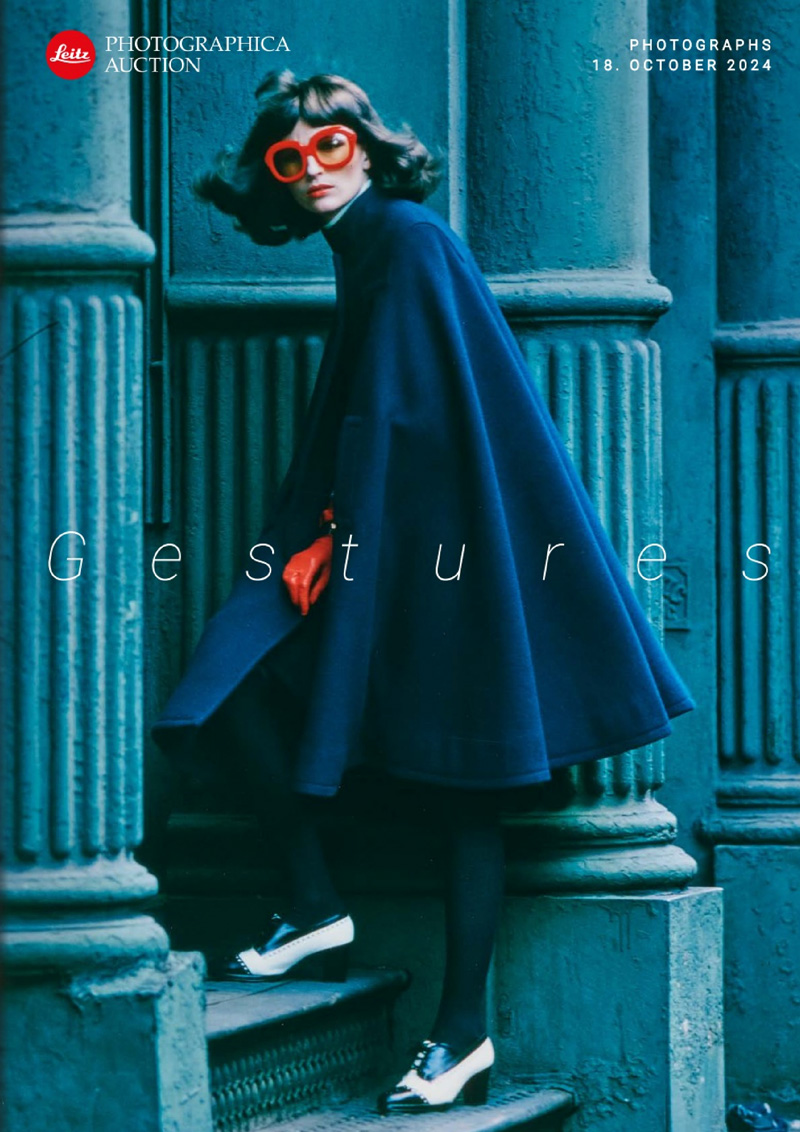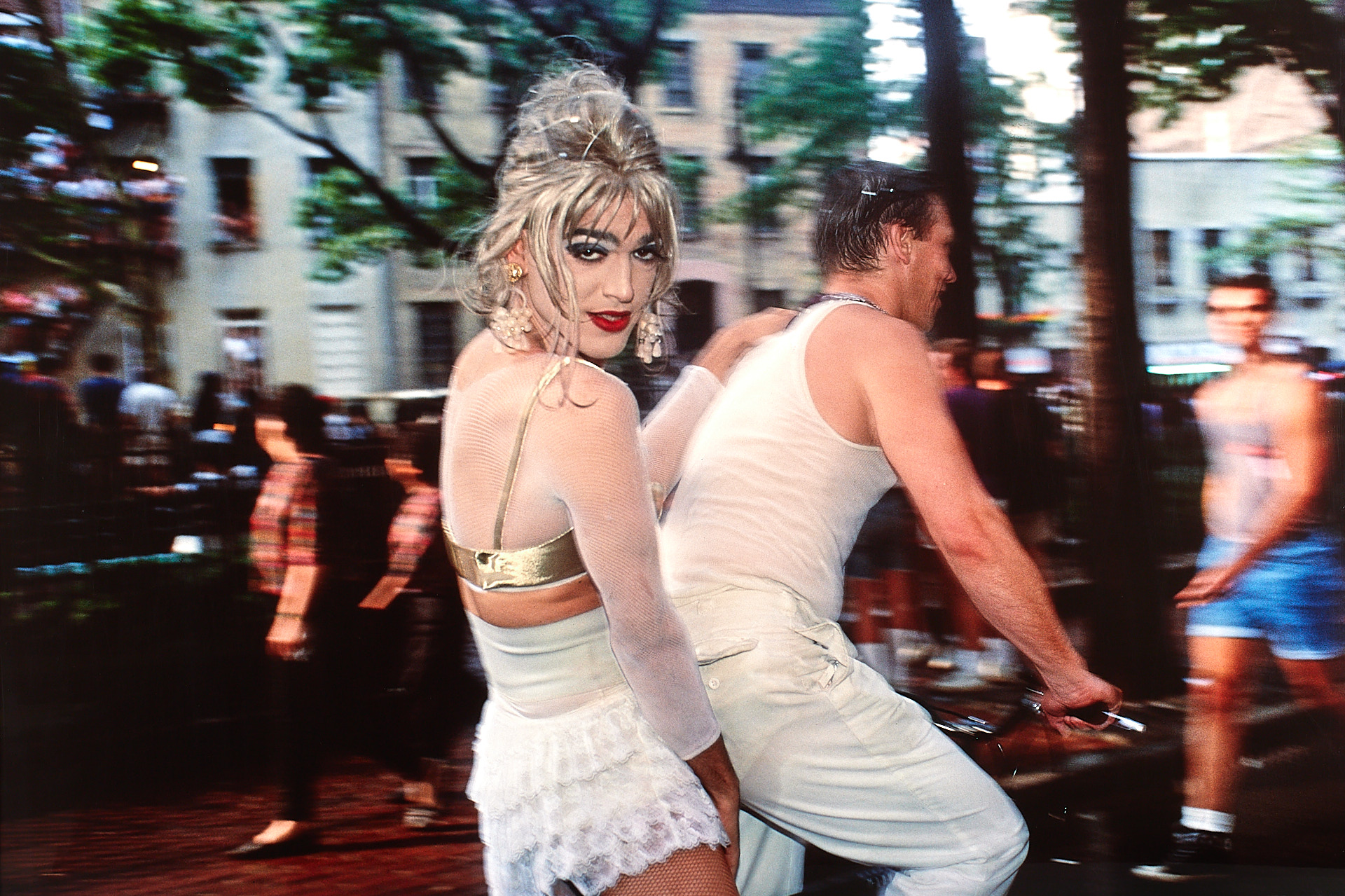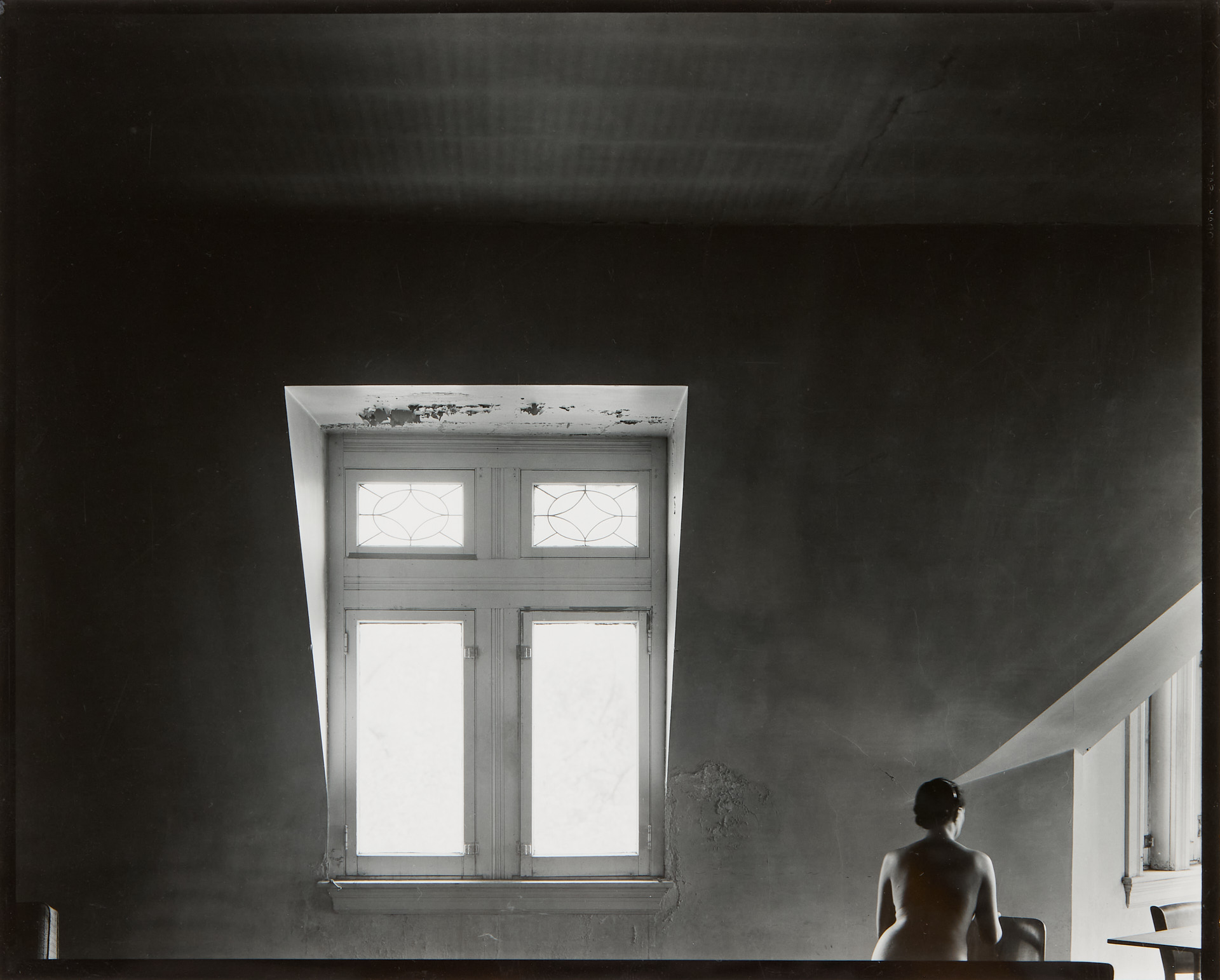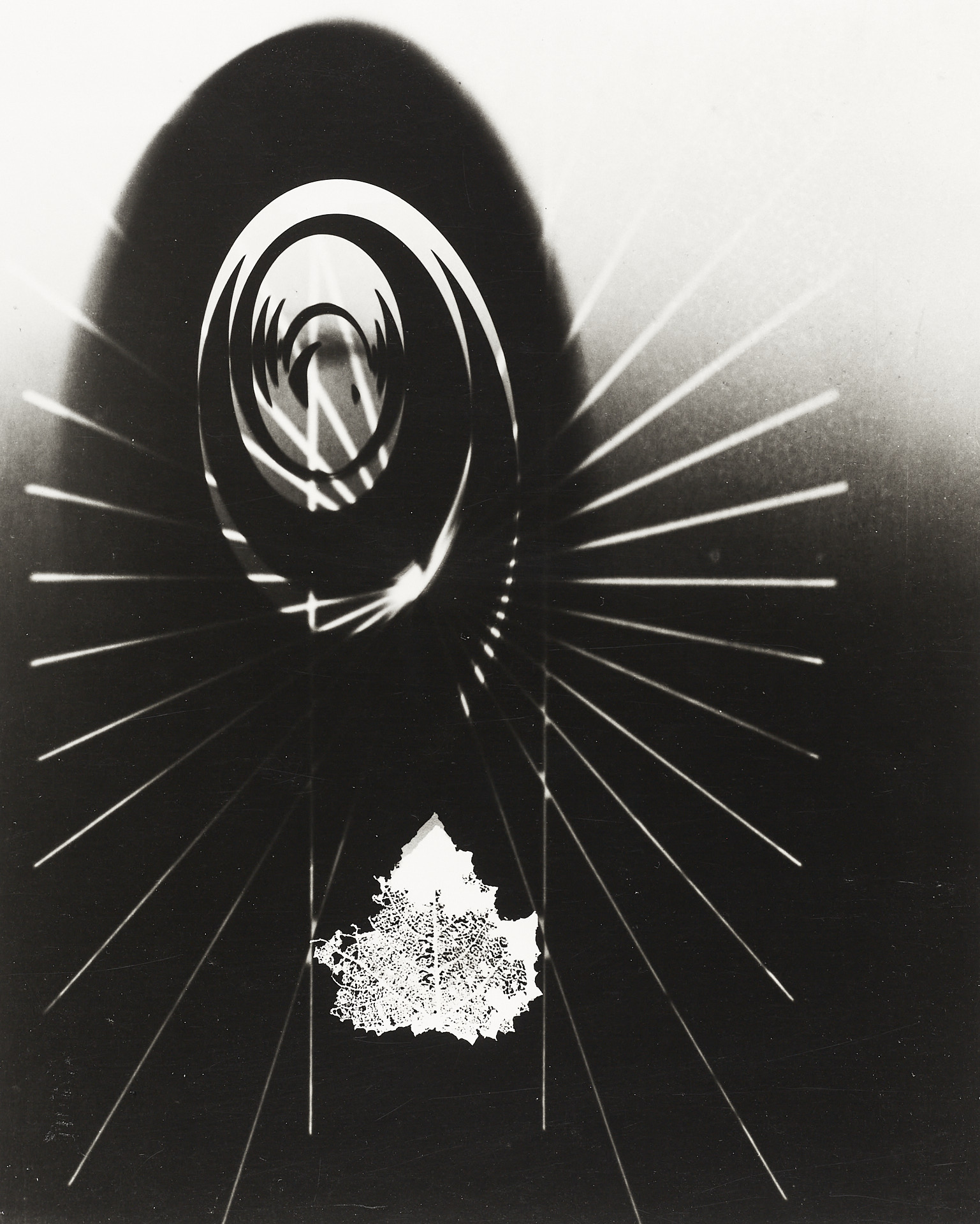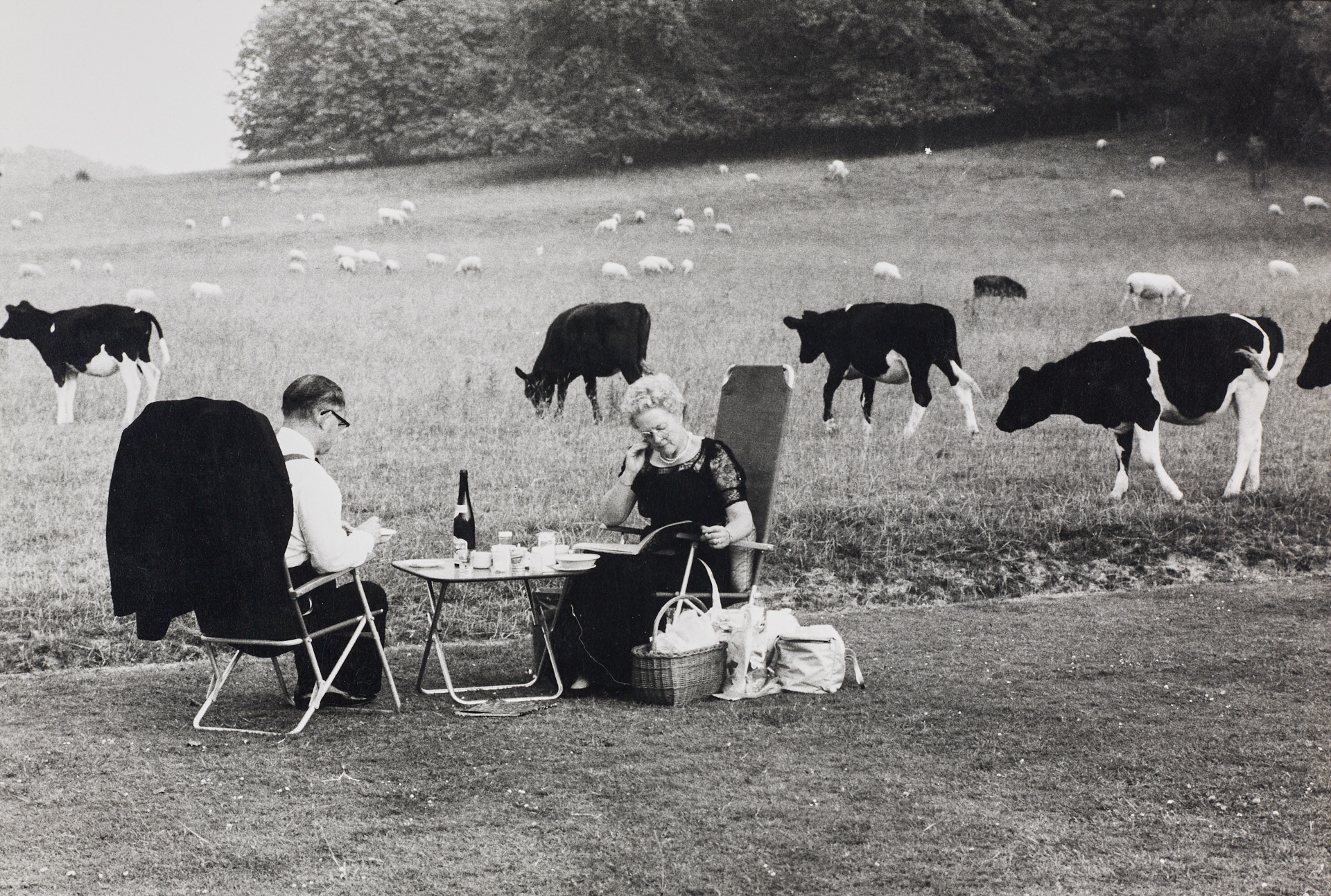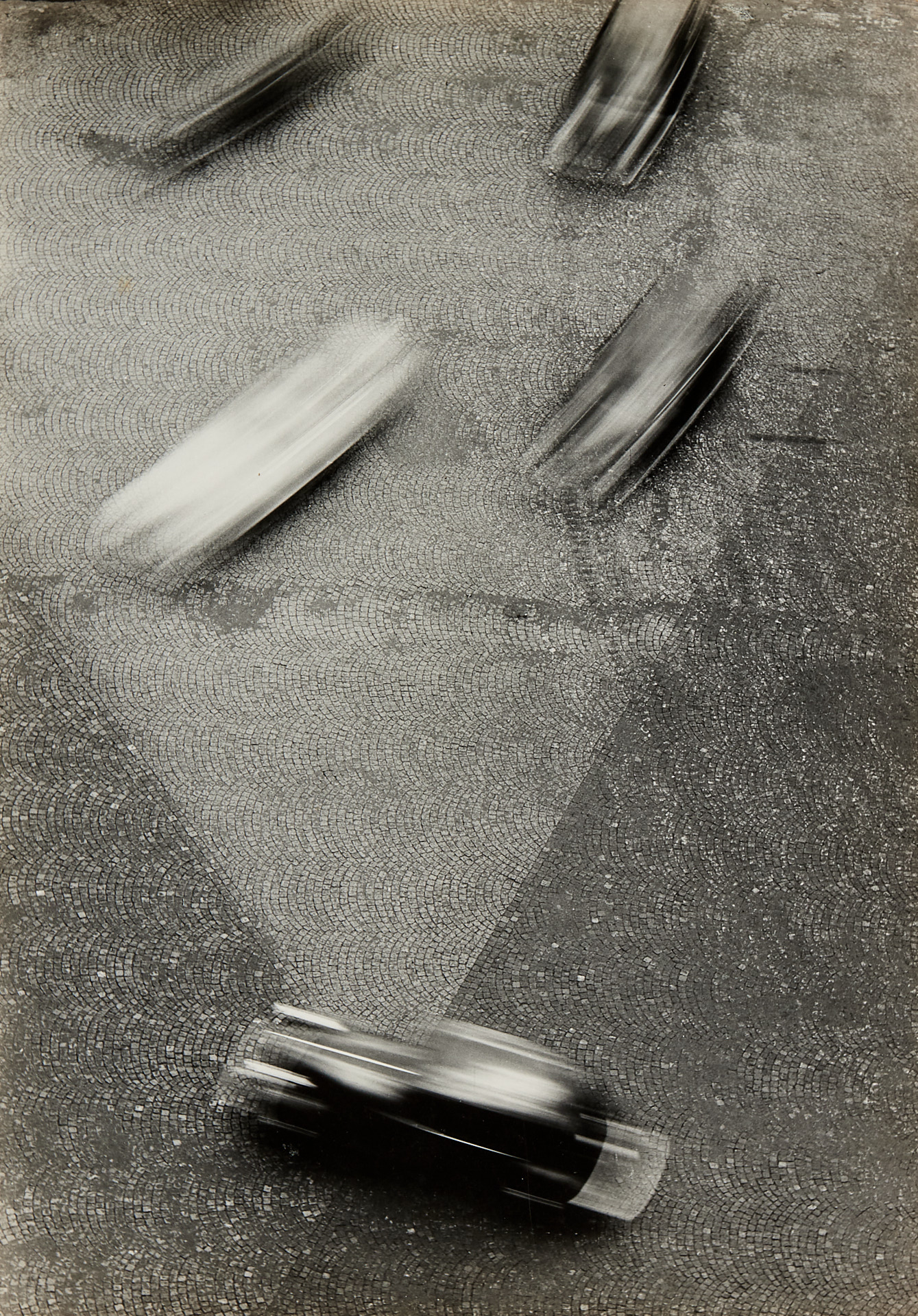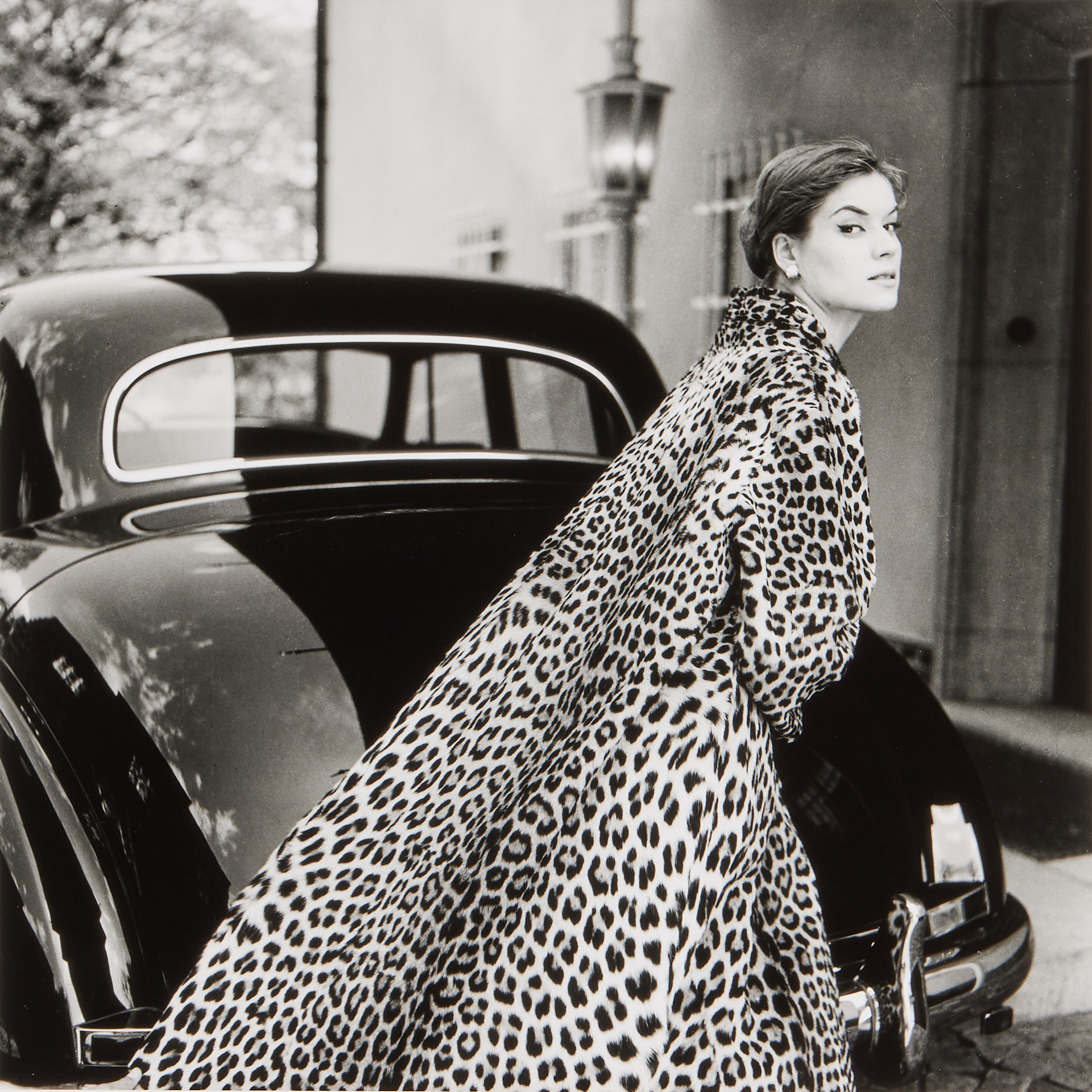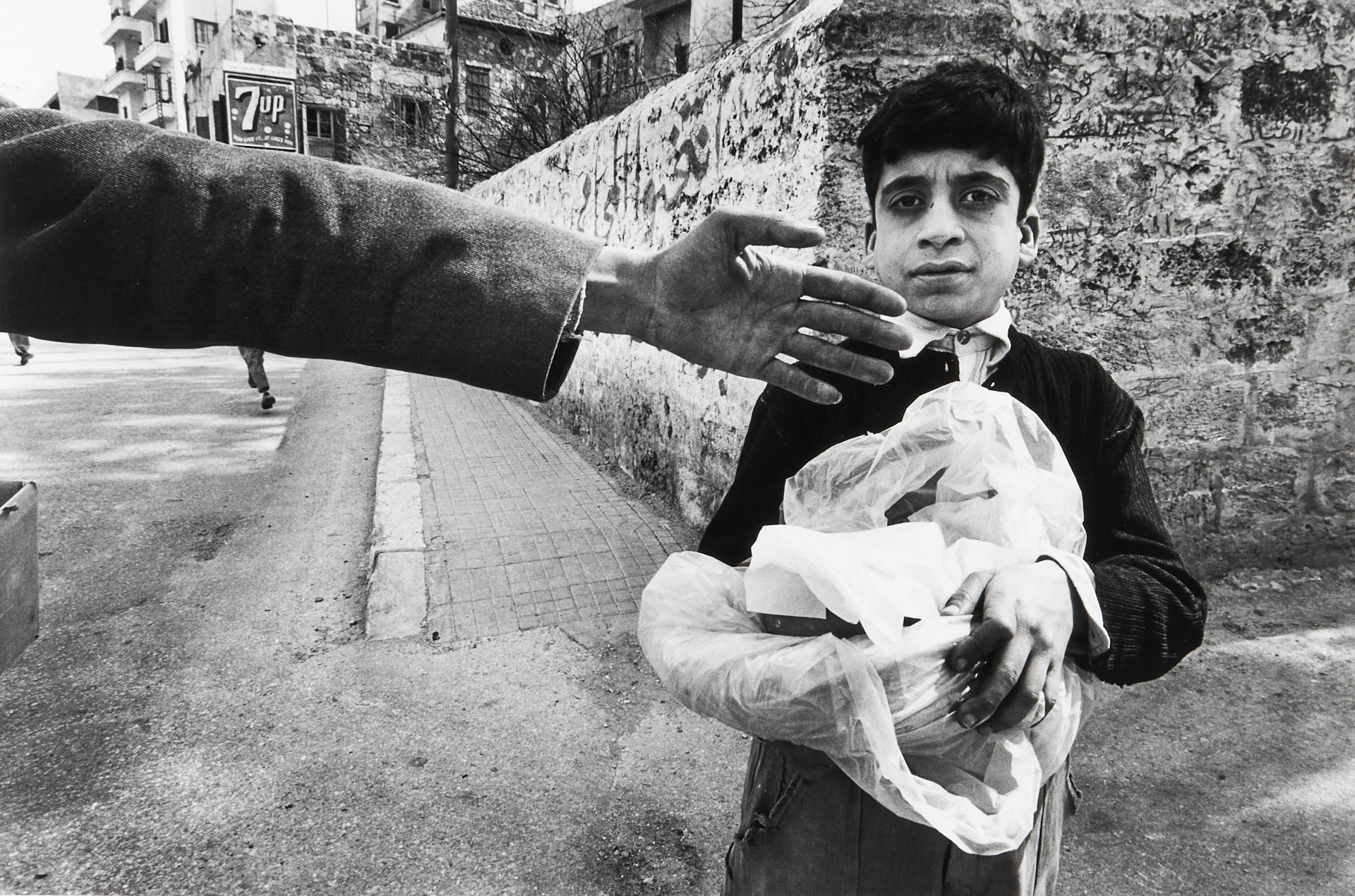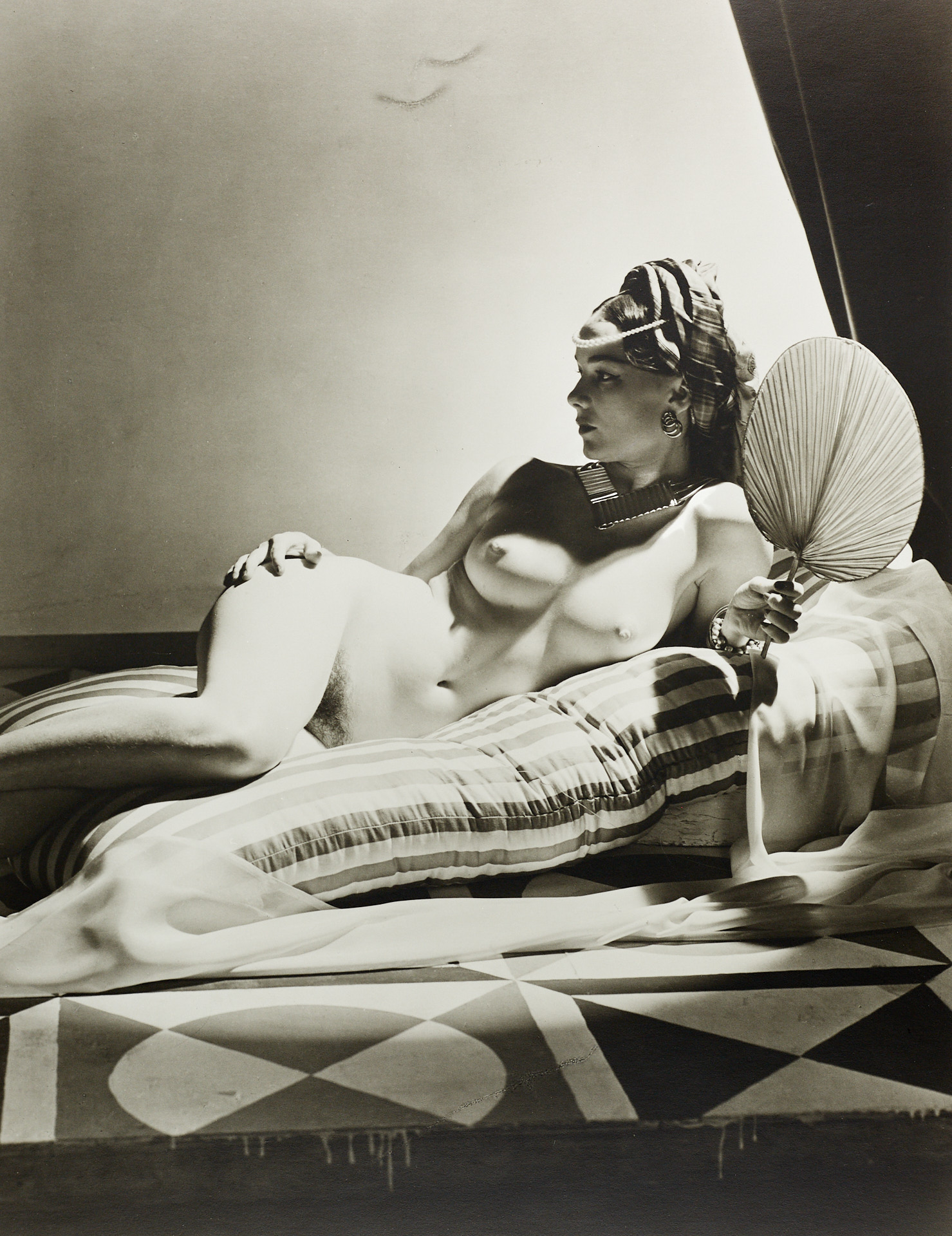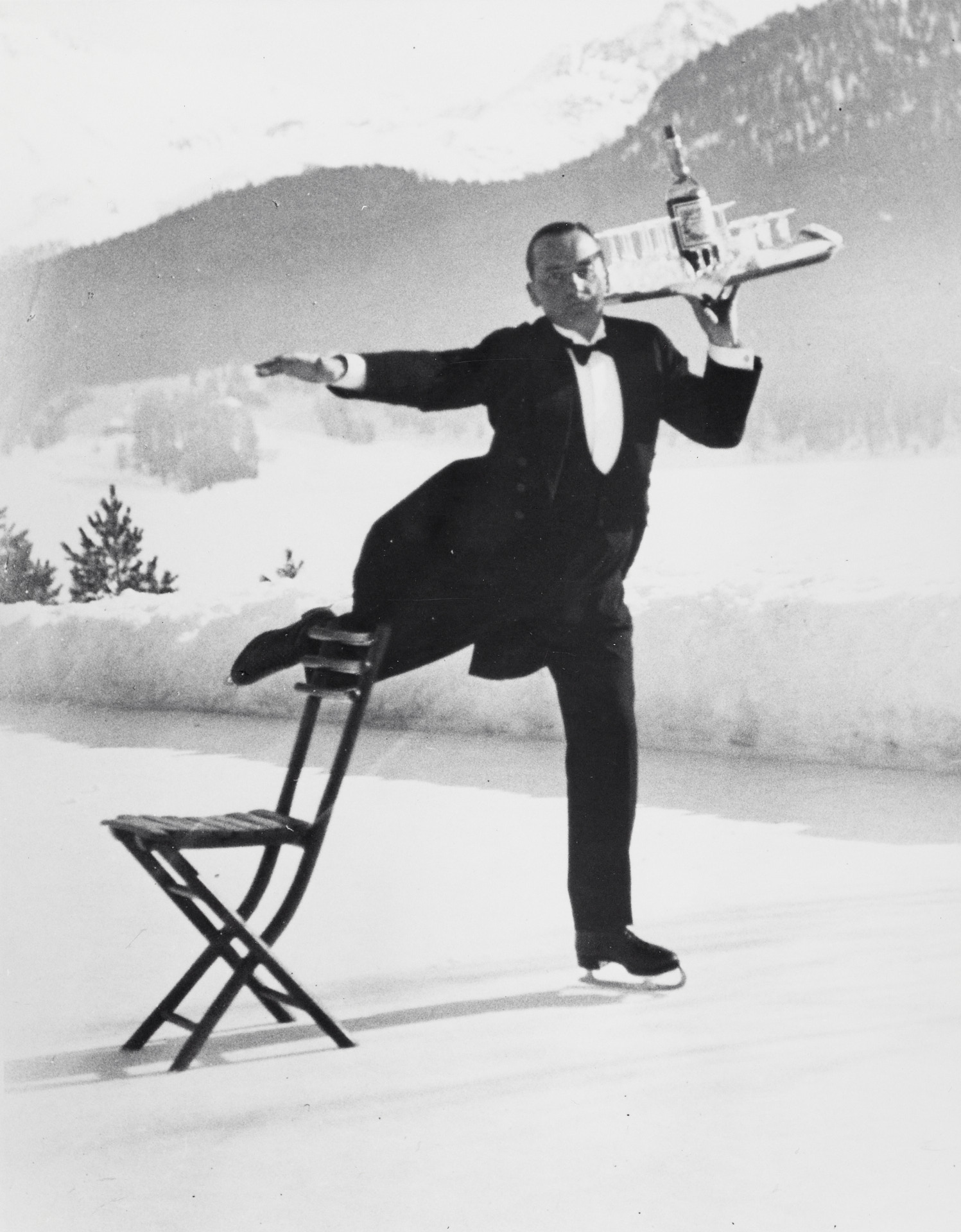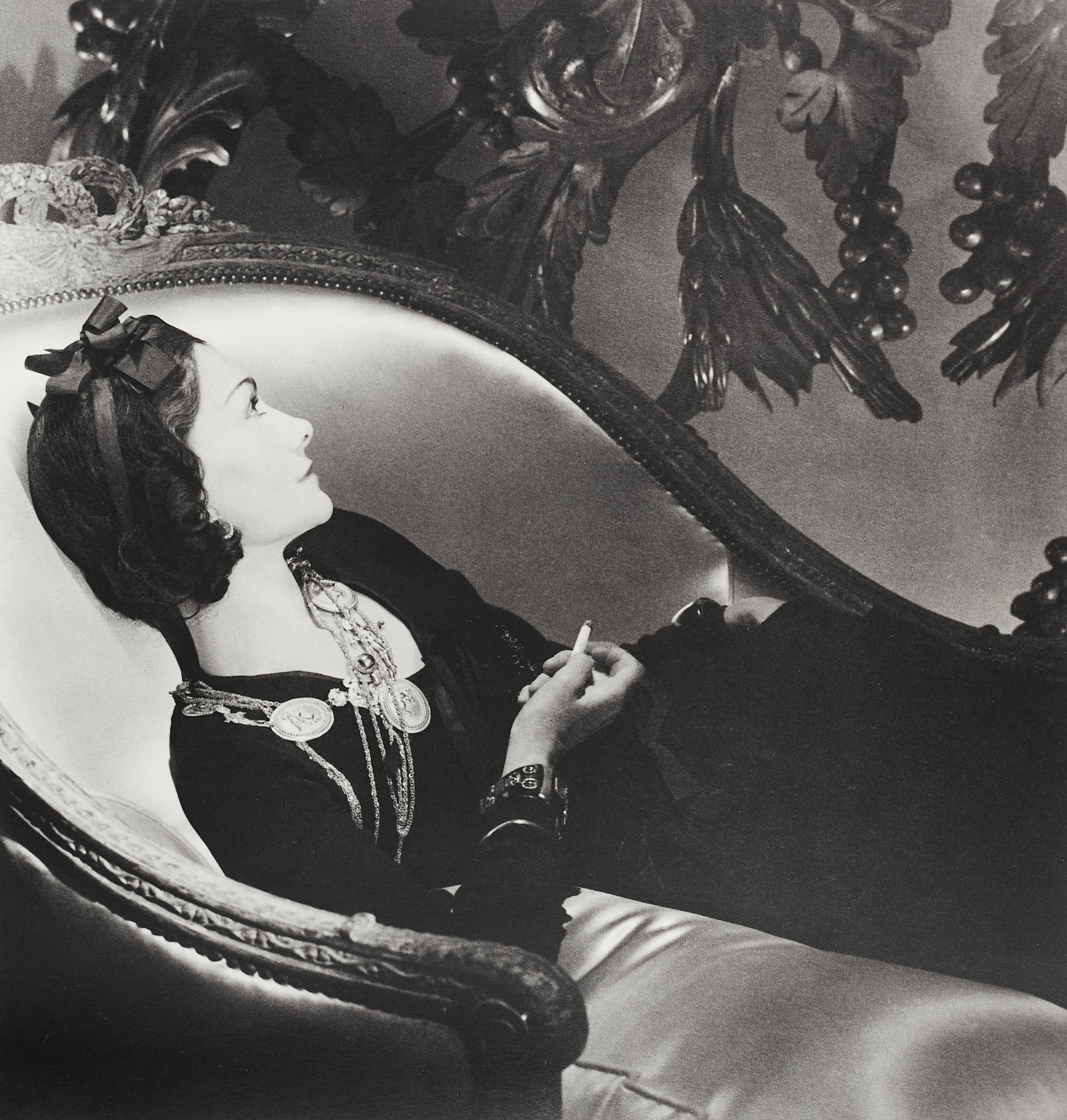HIGHLIGHTS FROM OUR PAST AUCTION
Tip
Hammer Price
€66,000
incl. Buyer's Premium
Estimate
€16,000 – 18,000
Tip
Hammer Price
€4,320
incl. Buyer's Premium
Estimate
€4,000 – 5,000
Hammer Price
€4,080
incl. Buyer's Premium
Estimate
€2,800 – 3,000
Hammer Price
€4,320
incl. Buyer's Premium
Estimate
€1,600 – 1,800
Tip
Hammer Price
€7,200
incl. Buyer's Premium
Estimate
€12,000 – 16,000
Hammer Price
€2,880
incl. Buyer's Premium
Estimate
€2,000 – 2,400
Tip
Hammer Price
€3,360
incl. Buyer's Premium
Estimate
€3,500 – 4,000
Hammer Price
€8,400
incl. Buyer's Premium
Estimate
€7,000 – 8,000
Tip
Hammer Price
€7,800
incl. Buyer's Premium
Estimate
€6,000 – 8,000
Tip
Hammer Price
€7,800
incl. Buyer's Premium
Estimate
€8,000 – 10,000
PHOTOGRAPHS AUCTION
Gestures
18th October 2024
6:30 pm CEST
Leica Gallery Vienna, Austria
Register and bid at our next Auction
Buy / Bid
Create an Account
Buy / Bid
Create an Account
Sell your item at our next auction
Sell / Consign
Sell / Consign
The Marketplace for rare and pre-owend Leica Cameras
Visit LEICA CLASSIC
Visit LEICA CLASSIC

